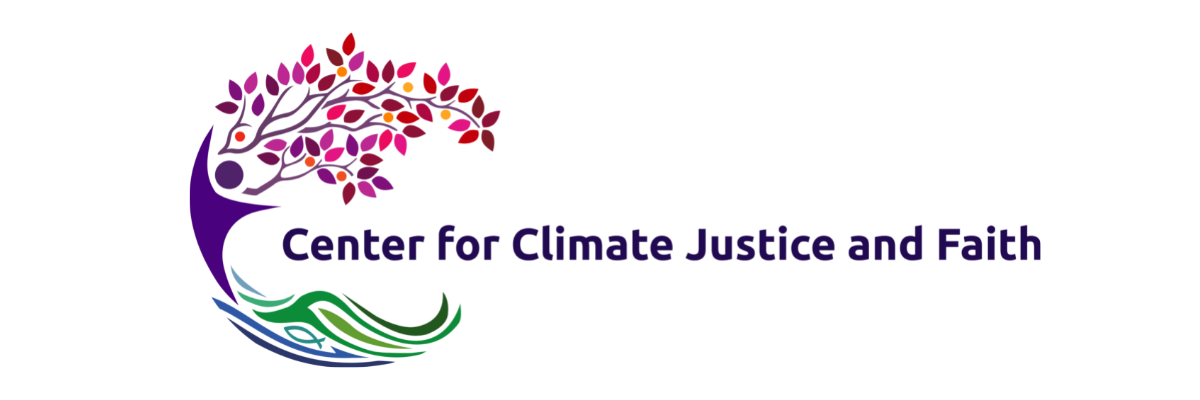Student Engagement in Climate Justice
Water and Wall: Climate and Migration Collide in South Texas

For his project for the Community Organizing for Climate Justice as Love in Action class, Jamie Stark is building bridges between environment and immigrant rights advocates in his community in the Lower Rio Grande Valley in Southeast Texas. Jamie describes this area as a natural migration super highway for both birds and humans. The region is a destination for birders who flock to the region each year and a common entry point for immigrants (many of whom are climate refugees from Central America) to cross into the U.S.
The region is in many ways defined by water and the wall. Located in the four most southeastern counties in Texas, the Lower Rio Grande Valley is on the unceded land of the Lipan Apache people. Hemmed in by the Rio Grande/ border wall to the southwest and the Gulf of Mexico to the east residents face both extreme heat and hurricanes as a result of climate change.
Many immigrants who arrive in the Lower Rio Grande Valley stay there to avoid passing through additional checkpoints further into Texas. This has affected the development of 900 colonias throughout the region. These colonias are unincorporated communities that often lack water, sewer, and electricity making them extra vulnerable to droughts, flooding, and hurricanes.
For his project for the Community Organizing for Climate Justice as Love in Action class, Jamie interviewed dozens of people throughout the region. Interviewees included priests, immigrant rights advocates, farmers, teachers, environmental activists, and ranchers. Throughout these interviews Jamie found a common thread of burnout among community leaders, anxiety regarding water scarcity, anger at the apathy of local leaders, concern of how to care for the expected wave of refugees once title 42 ends, and opportunities for more collaboration between justice organizations.
After conducting these one-on-ones, Jamie summarized local leaders’ justice goals to be 1) Develop Leaders, 2) Unite local environmentalists and immigrant advocates, 3) Introduce this unified base to power players. Proposed next steps included hosting media trainings around upcoming issues like a planned natural gas pipeline and the ending of Title 42, placing op-eds in local newspapers, and hosting an interfaith vigil connecting the climate crisis and immigration crisis.
Their vision is to help bring together the activists working on the intertwined issues of climate change and immigrant rights in order to more effectively address both issues and grow solidarity in South Texas.

